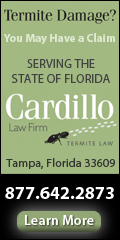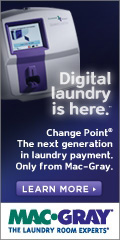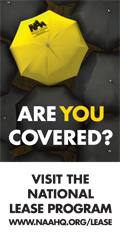
| Past Issues | Advertise | www.faahq.org | Multifamily FLORIDA archive | January 2013 |
Social Media: It’s Not a Magic Bullet!
Oh no, not another article about social media! But wait, give me a chance. Here we’ll discuss it from an operation's standpoint for busy community managers. But like all popular topics, it’s tough to write about social media without spouting a few clichés. So here they come ...
Social media is here to stay. Using Web and mobile technologies, social media supports interactive dialogue between individuals and groups. Although we instantly think of networking sites like Facebook and Twitter, social media is any place where people are conversing online. And yes, it is here to stay.
Who doesn’t love social media? In spite of its growing popularity, not everyone is active in social media networking. Findings from a 2012 study conducted by Edison Research show that 56 percent of Americans (age 12 and older) have a profile on a social networking site. That’s a lot of people using social media ... and it’s a lot of people — a lot of adults — who are not. It’s likely that not all your residents use social media networking.
It’s all about building a community. Good point, especially for those whose responsibility is managing real communities. Many community managers use social media to connect with their residents. But don’t let the words "social" and "community" misdirect your efforts. In a 2011 survey conducted by SatisFacts, residents reported the top three factors influencing community satisfaction:
All three of these services are directly related to the quality of your staff-to-resident communications. Interestingly, residents ranked "Resident activities and events" and "Community having a social media page" as least important.
Not a replacement for 911. Now that’s just plain common sense. However social media came through when Hurricane Sandy tested its viability in extreme crisis situations. When 911 lines were overwhelmed, victims and rescue organizations successfully employed social media to connect. People who were prepared to use it, benefited from it.
So what’s it all mean for the multifamily industry?
Use social media networking with discretion, and use your own common sense. Maintenance activities, office closings and general announcements — YES! Fee reminders, late notices and personal messages — NO!
Your residents use multiple modes of communication. You should too. The more modes you can tap, the more likely your message will reach your target. But as you know, communicating takes time. Put together a communication plan to help you stay one step ahead. Consider these steps:
And one final social media cliché:
You no longer have control. Not true! With communications, you have control when you take control. Take the time to make a communications plan. Keep it up to date and train your staff to use it. It will help you streamline your operations, be better prepared for emergencies and give your residents a higher level of service.
Nick Frantz
National Sales Manager, One Call Now
Property Management Solutions |


